How scarcity became Pop Mart’s greatest marketing weapon: the Labubu playbook for demand driven retail
Labubu’s parent company Pop Mart has redefined collectible toys as luxury items by deliberately engineering product shortages. Turning what was once an impulse buy into an obsession, waitlists and sold-out signs have transformed Labubu from playful figurines into symbols of exclusivity - and elevated Pop Mart’s brand to cult status, observes Tom Summerfield, Retail Expert at Peak.
It’s been done before - from Apple’s limited initial iPhone releases to Supreme’s infamous product “drops”, the world’s most valuable brands have long used scarcity to transform everyday goods into status symbols. By controlling supply, these brands ignite hype, command premium prices, and keep customers eagerly anticipating every new launch.
Through using these demand generation techniques, supply chain and inventory management has reached a whole new level of sophistication with the powerful addition of AI.
But what exactly are the methods behind Pop Mart’s success with its Labubu dolls?
1. Flipping inventory from a headache to marketing tool
Pop Mart’s genius? Treating inventory not as a supply chain headache, but as a marketing tool for demand generation. By limiting supply, the brand fuels urgency, FOMO, and the allure of the chase, moving stock levels beyond logistics into the heart of its marketing strategy.
2. Scarcity fuelled social virality
By creating intentional shortages, Pop Mart sparks organic viral loops: millions of fans post unboxing videos, share frustrations, and build micro-communities dedicated to the “hunt” for rare Labubu figures. Scarcity doesn’t just sell products - it generates endless, free social media content and engagement.
3. AI powered scarcity optimisation
Pop Mart’s approach points to the next frontier: AI driven demand forecasting. By using AI to calibrate scarcity by market, demographic or product line, brands can transform inventory planning from a reactive cost centre into a proactive engine of profitability - and this means they can maximise hype and minimise waste.
4. Bundles that gamify desire
Blind boxes are a key feature of Pop Mart’s strategy. As the company’s website outlines: “A blind box is a type of packaging that keeps its contents a mystery until it is opened.” Single blind boxes tap into the “just one more try” impulse, while six-packs magnify the fear of missing a complete set. These two pricing tiers feel fair to consumers, yet strategically drive maximum revenue per collector. Whether gambling on a single box or splurging on a set, each purchase keeps customers coming back for more.
5. Repeat purchases driven by uncertainty
The thrill of the unknown compels collectors to buy again and again. “I don’t know what I’ll get” becomes a feature, not a flaw, transforming uncertainty into a powerful incentive that keeps carts full, even when duplicates pile up - and customers love every moment.
Too little inventory is not always a bad thing
The idea of holding too little inventory seems to go against a brand’s natural supply chain management instincts and business strategy. But the key to Pop Mart’s success is that the move is intentional, purpose-driven and, crucially, executed well.
For one, without a well-designed and thought-out marketing strategy to create highly sought-after products, inventory scarcity will become a nuisance to customers rather than a powerful way to propel demand and interest. The whole hype in Labubu has been driven by trends, timing and, imperatively, the element of surprise with blind boxes.
Then there is the use of technology. AI powered inventory platforms are transforming how retailers optimise their inventory levels and price products. By using this technology, Pop Mart can accurately understand where demand will be high for each product, where less ‘secret’ items have been sold, and then tailor its marketing and pricing strategy in line with this data.
These two aspects can work together to form an optimum approach between selling the right amount of dolls for business and keeping demand generation high.
There is nothing spectacular about the Labubu dolls as a product. The obsession has come from the company using product scarcity and demand generation techniques to fuel hype and turn the dolls into a symbol of exclusivity. This strategy has been driven by powerful marketing tactics that keep customers waiting for more and the use of AI driven demand forecasting. It’s a demonstration of why product scarcity is in fact Pop Mart’s greatest marketing weapon.

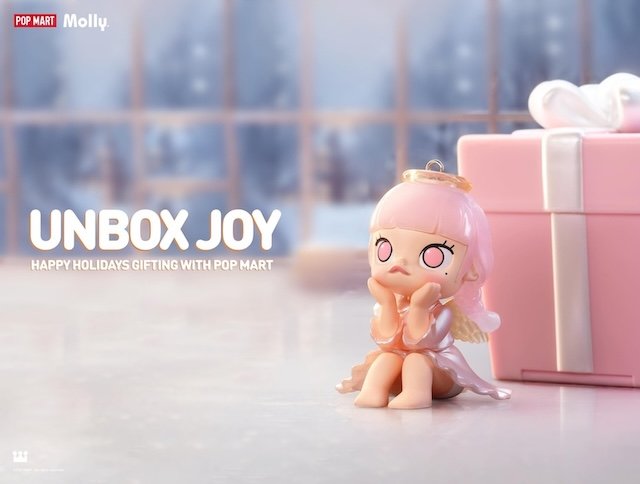








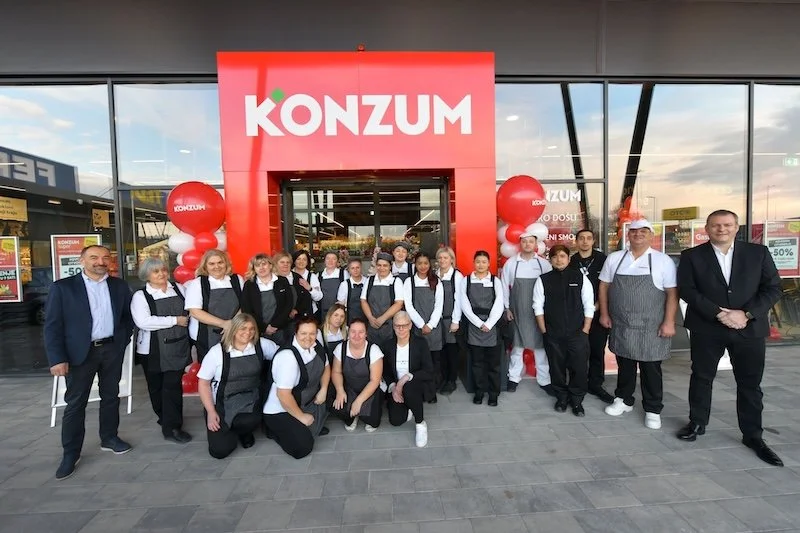
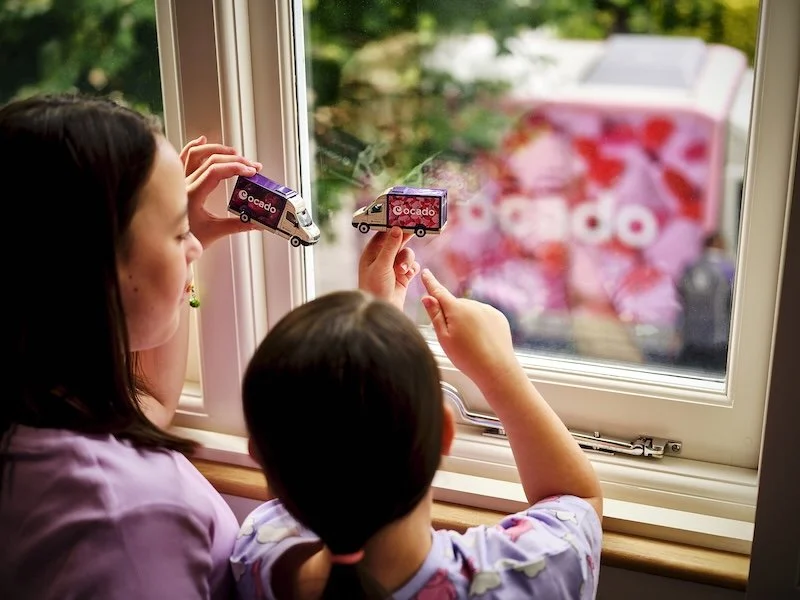



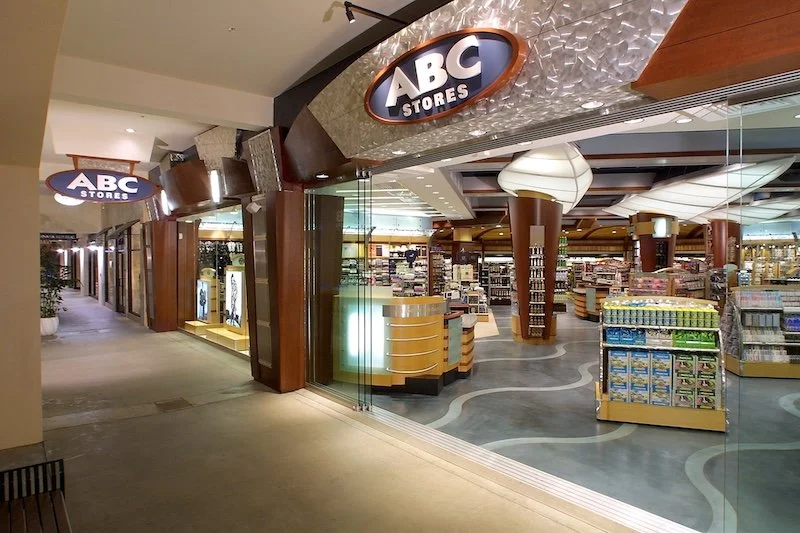














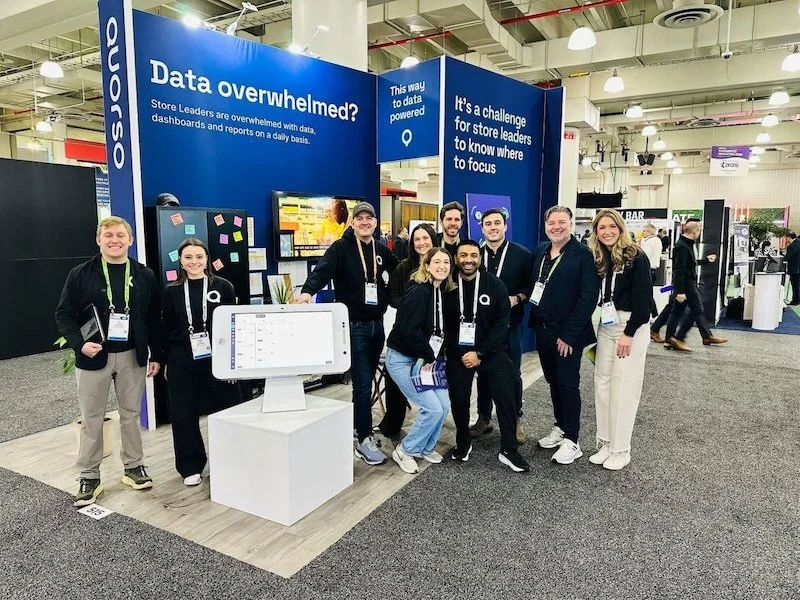
Continue reading…